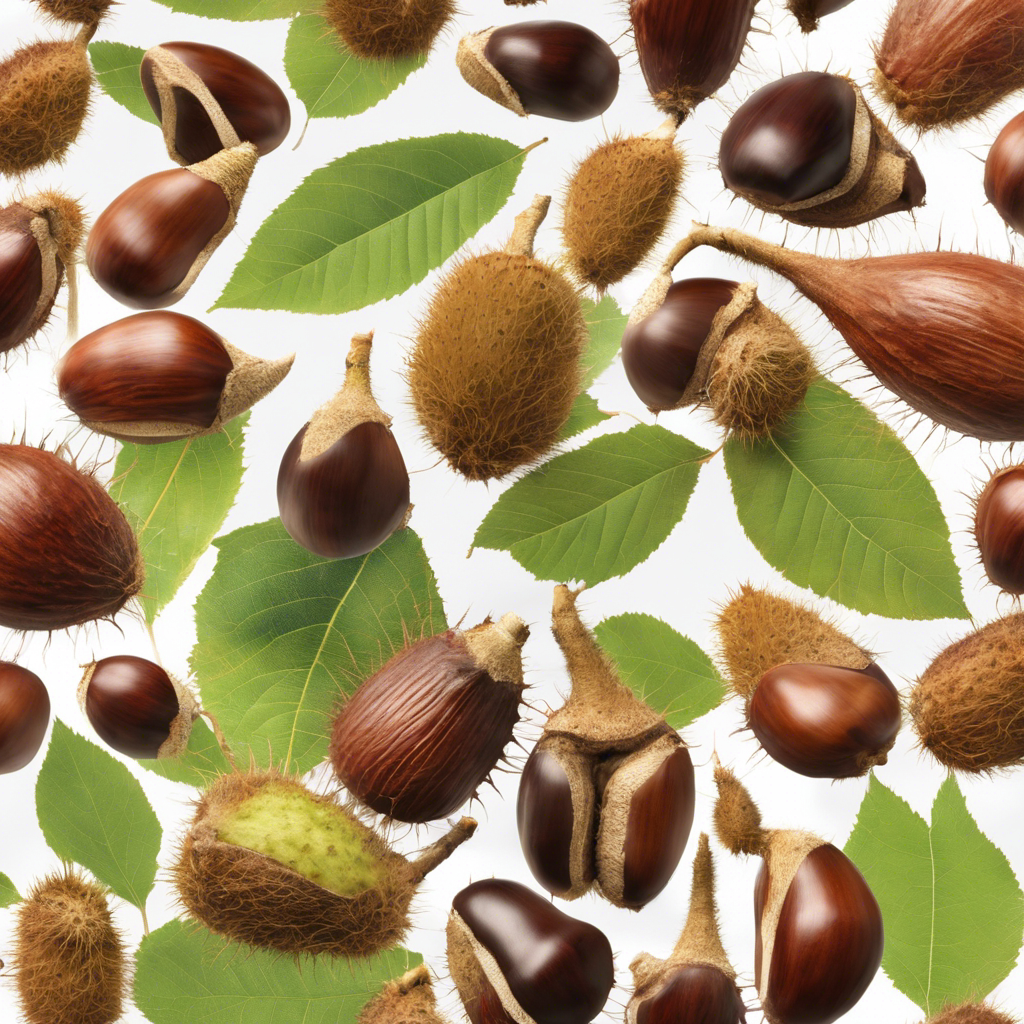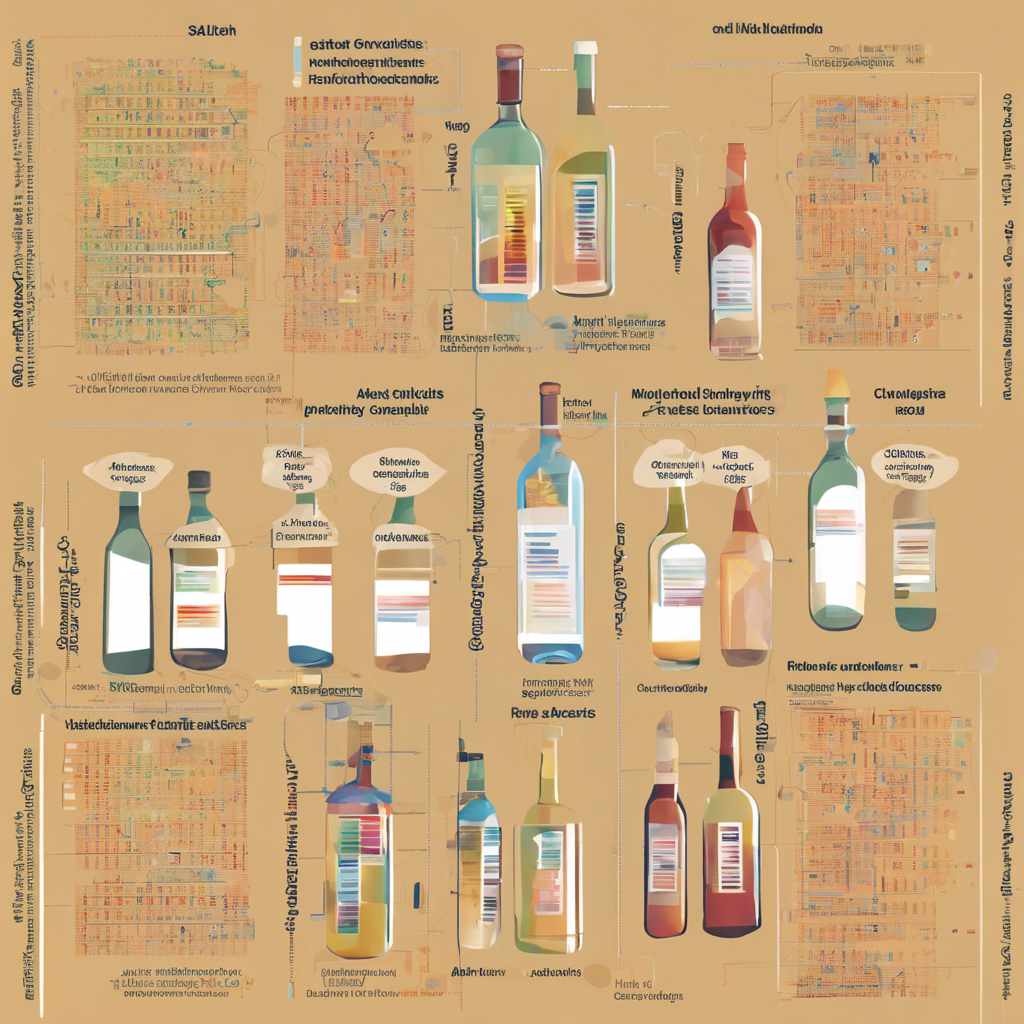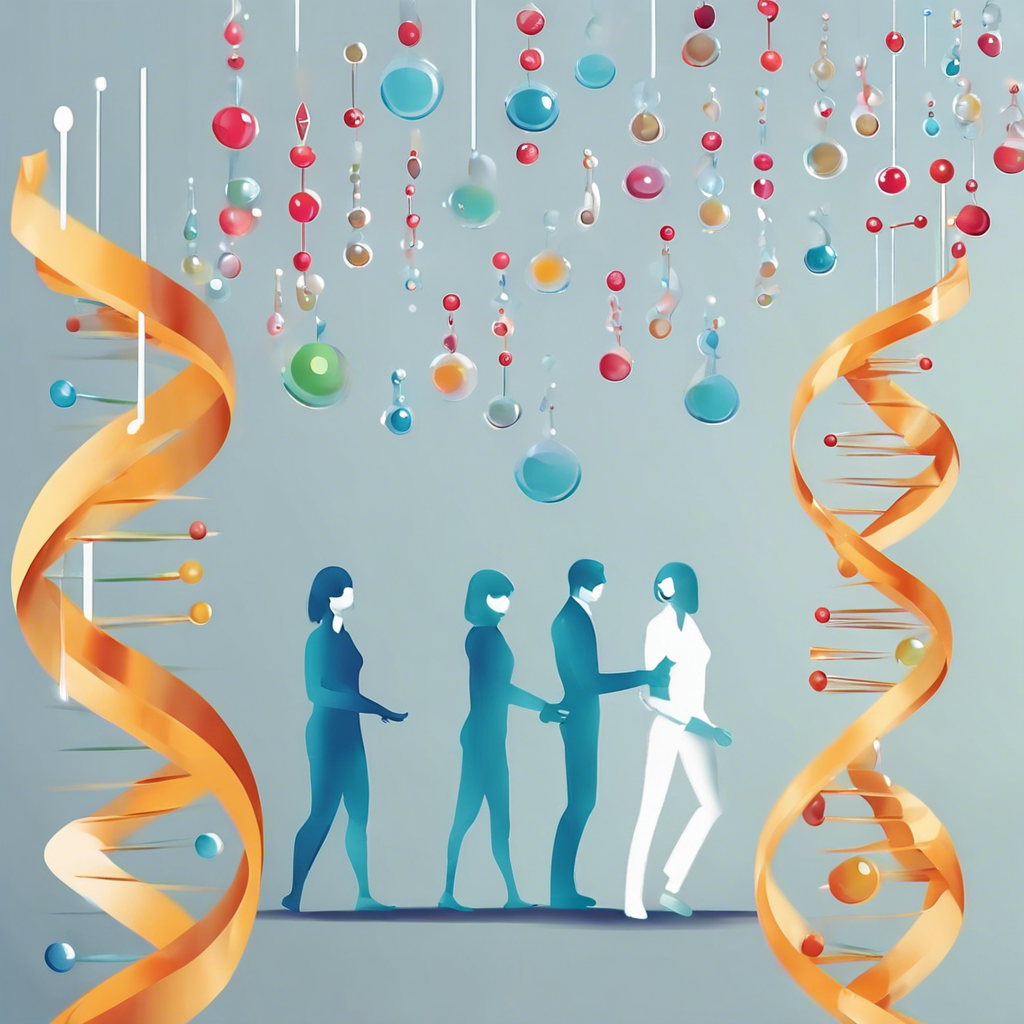The American Chestnut Foundation withdraws support for genetically engineered chestnut trees due to concerns about a genetic mix-up, leaving the future of the restoration project uncertain.
For years, the American Chestnut Foundation has been working tirelessly to bring back the iconic American chestnut tree, which was nearly wiped out a century ago by a deadly disease. Their efforts focused on genetically engineering chestnuts to withstand the disease, offering hope for the tree’s survival. However, a recent discovery of a genetic mix-up has led the foundation to withdraw its support for the project, raising questions about the future of this high-tech restoration effort.
The Rise and Fall of the American Chestnut
Billions of American chestnut trees once dominated the forests of the United States, providing food and shelter for both humans and animals. However, in the early 20th century, an invasive fungus decimated the population, leaving the tree functionally extinct. Traditional breeding methods failed to produce blight-resistant chestnuts, leading scientists to turn to genetic engineering.
The Promise of Genetically Engineered Chestnuts
Scientists at the State University of New York College of Environmental Science and Forestry (SUNY ESF) developed a line of genetically engineered chestnuts called Darling 58. These trees had a gene inserted into their DNA that produced an enzyme to neutralize the fungus responsible for the disease. The hope was that these modified chestnuts would be able to resist the disease and restore the American chestnut population.
Concerns and Red Flags
In recent years, researchers working with the Darling 58 trees noticed various issues. Some trees were shorter than expected, while others showed lower resistance to infection. Leaves on some trees curled and turned brown, and mortality rates were higher in certain plots. These concerns raised doubts about the effectiveness of the genetically engineered chestnuts.
A Genetic Mix-Up
Further investigation revealed that many of the trees being studied were not Darling 58 trees at all. Instead, they belonged to a different variety called Darling 54, where the gene was inserted in the wrong chromosome, potentially corrupting one of the tree’s existing genes. This mix-up led to the American Chestnut Foundation withdrawing its support for the Darling line.
The Future of Chestnut Restoration
Despite the setback, SUNY ESF is moving forward with seeking federal approval to distribute seeds of the genetically engineered chestnuts. They believe that the concerns raised by the American Chestnut Foundation are overblown or can be overcome. However, without the foundation’s support, the future of the restoration project is uncertain.
Conclusion:
The discovery of a genetic mix-up has dealt a blow to the efforts to restore the American chestnut tree. The American Chestnut Foundation’s withdrawal of support raises questions about the effectiveness of genetically engineered chestnuts and the future of the restoration project. While SUNY ESF remains optimistic, further study and clarification are needed to address the concerns raised. The fate of the American chestnut tree hangs in the balance as scientists continue to search for a solution to save this iconic species.











